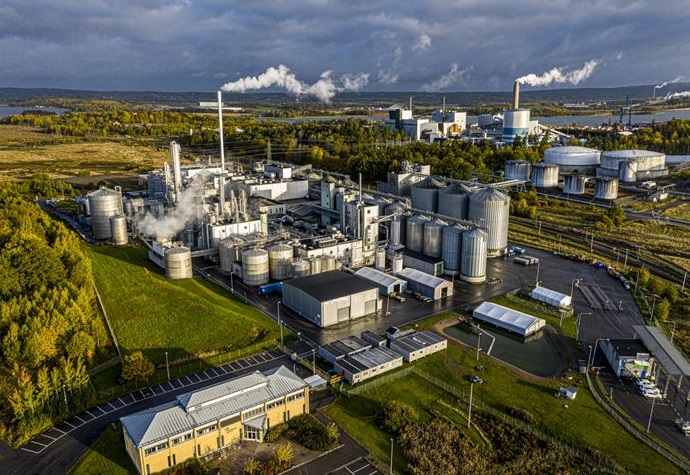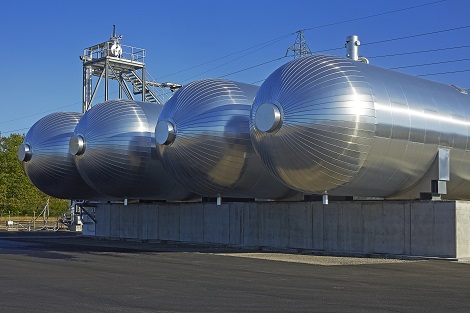- Home
- Home
-
Shop
-
Industries
- Processes
- Gases and Equipment
-
Services
-
Safety
-
Contact & Support
-
News & Media
- Agent Finder
Carbon dioxide from nature’s own cycle becomes green CO2
In Lantmännen Agroetanol’s refinery in Norrköping, some 600,000 tons of grain is fermented every year. Fermentation to produce ethanol also releases carbon dioxide. We collect the carbon dioxide released in the production and deliver it to our plant next-door, where we liquefy it into CO2. Carbon dioxide from nature’s own cycle becomes green CO2.
Enjoy sparkling water with climate positive CO2!
We offset 110% of emissions by planting trees.












